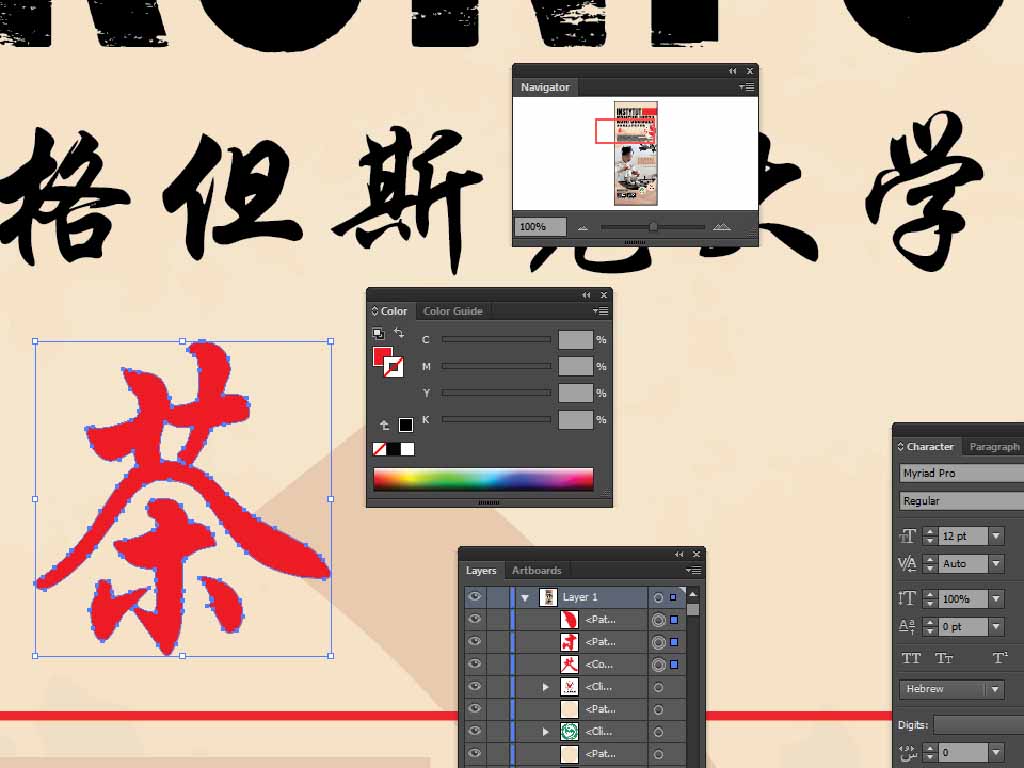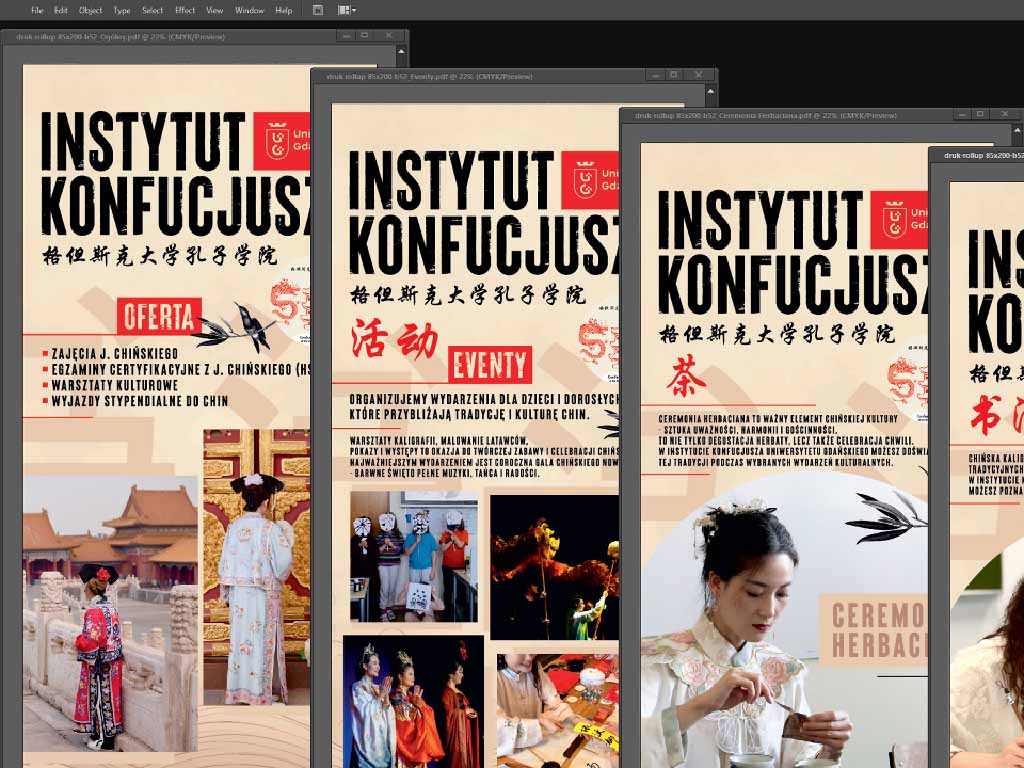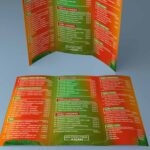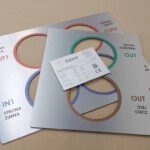graphic design
Graphic design Poland encompasses all forms of visual communication – from branding, through print design, to infographics. Professionally executed graphic designs build first impressions, trust, and brand recognition among audiences.
B52, an advertising agency in Poland, is one of the leading providers of comprehensive graphic design services Gdańsk. Here, a team of creative specialists combines strategy with aesthetics, offering both branding and comprehensive graphic materials. For B52, graphic design is not just about aesthetics; it is, above all, an effective visual communication tool, tailored to the client’s goals and the specific market.
Why invest in graphic design?
- first impression – Customers establish trust in mere seconds, and a well-designed logo or flyer can determine brand interest,
- visual consistency – a consistent message across media guarantees recognition. Every element – from colours, through typography, to layout – should work in harmony,
- increasing communication effectiveness – well-thought-out concepts take into account the needs and expectations of the target audience, which increases communication effectiveness. This approach characterises B52 – an advertising agency from Poland that combines graphic design with full creative services.
basic principles of good design
Effective graphic design is based on several key elements:
- purpose and target groups – every design must answer the questions: “What do I want to convey?” and “To whom?” A well-defined target group allows you to choose the style, tone, colours, and media appropriate to the message,
- simplicity and readability – don’t overdo elements: a simple layout, well-chosen typography, and a clear hierarchy of information are key to effective visual communication,
- visual hierarchy – hierarchy guides the reader: important text is highlighted by font size, colour or position. This makes the design intuitive and clear,
- colour scheme – colour evokes emotions and supports the message. It’s important to choose a palette that aligns with your brand identity and color psychology – for example, blue represents peace and trust, red is energetic, and green evokes nature,
- typography – font selection should take into account the project’s purpose – a maximum of three typefaces: headline, text, and decorative. Spacing (kerning, leading) is also important for readability and harmony,
- composition and grid – a grid ensures consistency and order in the arrangement of elements. It facilitates design in both print and digital,
- visual consistency – consistent use of colours, fonts, and styles across all materials strengthens brand recognition and builds a professional image,
- high-quality graphics – use only high-resolution materials.
graphic design – a step-by-step process
Graphic design is a multi-stage process. The following phases are most commonly distinguished:
- briefing – establishing project objectives, Client requirements, target audience, and scope of activities,
- research – analysing the market, competition, trends, and audience preferences,
- conceptualisation – developing visual ideas, often summarised in a mood board,
- prototyping – creating initial graphic versions, visualisations, and mockups,
- iteration and feedback – implementing corrections based on Client feedback,
- project finalisation – preparing materials for print or online publication, often in various formats (raster, vector).
tools used in graphic design
A professional graphic designer uses several key tools:
- Adobe Photoshop – editing photos and raster graphics,
- Adobe Illustrator – creating vector graphics: logos, icons, illustrations,
- Adobe InDesign – layout for publications: brochures, catalogs, magazines,
- CorelDRAW – an alternative to Illustrator.
vector vs raster graphics
- Raster (bitmap) graphics – these are photos, special effects, and pixel editing (Photoshop). They lose sharpness when scaled.
- Vector graphics – are based on paths and curves (Illustrator). They scale without losing quality and are lightweight – ideal for logos, icons, and large formats.
summary
Graphic design is a complex process in which creativity and strategy go hand in hand. Key elements:
- a well-defined brief and goals,
- solid research,
- well-thought-out composition, typography, colour and hierarchy,
- use of graphic grids,
- use of appropriate tools – both raster and vector.
Well-prepared graphic designs increase communication effectiveness, facilitate brand recall, and enhance its professional image. A strategic approach, visual consistency, and continuous improvement are currently the keys to success in the graphic design industry.
Why should you partner with B52 for graphic design?
B52 is an advertising agency based in Gdańsk, Poland, that stands out not only for its experience but, above all, for its comprehensive approach to visual communication. Unlike many companies that offer only basic graphic design services or act as intermediaries, B52 handles the task comprehensively. This approach shortens turnaround time, eliminates errors, and allows for the creation of more consistent, effective designs. The agency boasts modern technological resources, with its own production department and printing house Poland, allowing for complete control over quality – from concept to finished product. Furthermore, the B52 team combines expertise in design, marketing, and strategy, offering not only attractive graphic design but also real support in achieving business goals. Take advantage of B52’s services today!
Working with B52 guarantees:
- an individual approach to each project,
- complete consistency between graphic concept and its implementation,
- flexibility and timeliness
- and a willingness to create both print and digital projects – tailored to the demands of today’s market.
In the photos: graphic design of four roll-up prints. Visual consistency, lower unit costs.



